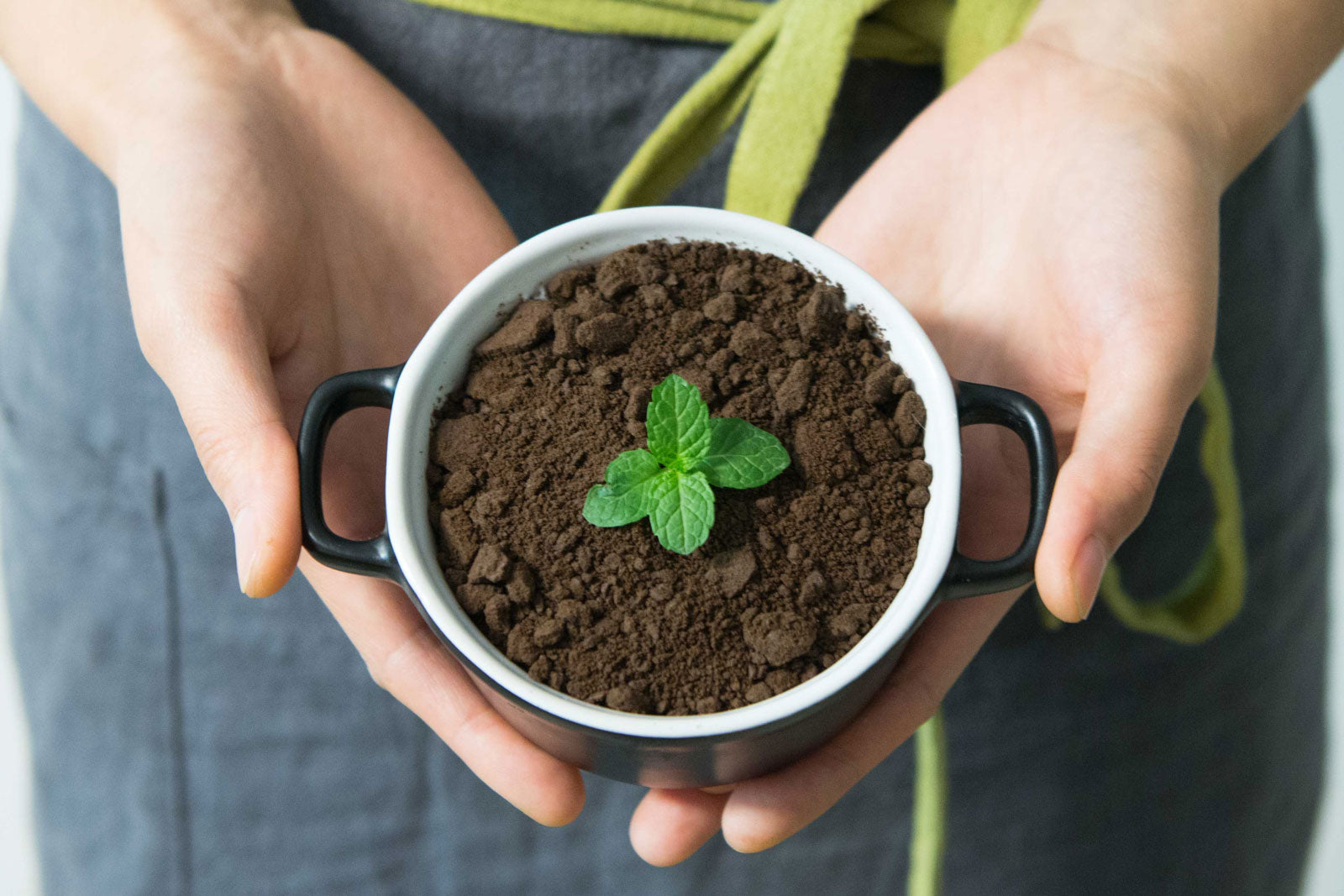Wax melts have become increasingly popular as a convenient and aromatic way to add fragrance to our homes. However, as we embrace eco-consciousness and strive to make sustainable choices, it's essential to ask: are wax melts genuinely eco-friendly? In this blog post, we will explore the environmental impact of wax melts and discuss their sustainability factors.
Understanding Wax Melts
Wax melts, or wax tarts or wax cubes, are solid blocks of scented wax designed to be melted in a wax warmer or burner. When heated, the wax releases fragrance, filling the room with a delightful scent. Unlike traditional candles, wax melts don't have a wick and are intended for use with a heat source.
Environmental Impact of Wax Melts
Several aspects come into play when examining the environmental impact of wax melts. Firstly, the materials used in wax melt production should be considered. Many wax melts on the market are carefully crafted using high-quality paraffin wax derived from petroleum refining. Paraffin wax is not biodegradable and can release harmful chemicals when burned.
However, there are alternative options available that are more eco-friendly. Plant-based waxes, such as soy wax and coconut wax, have gained popularity due to their renewable and biodegradable nature. These natural waxes offer a more sustainable choice for environmentally-conscious consumers.
Another aspect to consider is the carbon footprint associated with the manufacturing and transportation of wax melts. Some companies prioritize sustainability by sourcing materials locally and using eco-friendly production processes. By supporting these brands, consumers can reduce the carbon emissions associated with their wax melt purchases.
The waste generated by used wax melts poses a potential environmental concern. While the wax is generally non-toxic and can be disposed of in regular waste, it's essential to be mindful of excessive waste. Some companies have implemented recycling programs or encouraged upcycling of used wax melt containers to minimize environmental impact.
Eco-Friendly Practices in Wax Melts Production
Several practices can be implemented in their production to make wax melts more eco-friendly. Firstly, using plant-based waxes, such as soy or coconut wax, is a significant step towards sustainability. These waxes are derived from renewable resources, making them a sustainable choice with a lower environmental impact than paraffin wax.
In addition to the wax, the choice of fragrance oils is crucial. Opting for natural fragrance oils derived from plant sources or using essential oils can reduce reliance on synthetic chemicals and minimize environmental harm.
Packaging is another area where eco-friendly practices can be implemented. Companies can use recyclable or biodegradable materials for their wax melt packaging, reducing plastic waste. Furthermore, providing refill options or using reusable containers can contribute to sustainability efforts.
Sustainability Initiatives
Many wax melt companies are reducing their environmental impact and contributing to sustainability initiatives. One such initiative is tree planting programs, where companies commit to planting trees to offset the carbon emissions associated with their products. Consumers indirectly contribute to reforestation efforts and combat climate change by supporting these companies.
Certifications and labels can also help identify eco-friendly wax melt products. Look for certifications like the Rainforest Alliance Certified™ seal or labels indicating cruelty-free, vegan, and sustainable practices. These labels provide assurance that the wax melts have been produced with environmental considerations in mind.
Making Eco-Friendly Choices as Consumers
As consumers, we can make eco-friendly choices when purchasing wax melts. Firstly, it's essential to read labels and ingredient lists to identify products made from sustainable materials such as soy or coconut wax. Look for transparency in fragrance ingredients and opt for natural or essential oil-based scents.
Consider supporting brands prioritizing eco-friendly practices, such as recycling programs, sustainable sourcing, or carbon offset initiatives. By buying from these companies, we can drive demand for more sustainable products and encourage others to follow suit.
Another eco-friendly option is to create your own wax melts using natural ingredients. DIY wax melts allow you to control the ingredients and personalize the scents according to your preferences. Doing so can ensure the sustainability and safety of the wax melts you use in your home.
Lastly, it's worth exploring alternative sustainable home fragrance options. Essential oil, reed diffusers, or dried flower arrangements can provide delightful scents without burning or melting wax. These alternatives offer a natural and eco-friendly way to freshen your living space.
Conclusion
So, are wax melts eco-friendly? The answer depends on various factors, including the materials used, production practices, and waste management. By choosing wax melts made from plant-based waxes, supporting eco-conscious brands, and being mindful of waste, we can make more sustainable choices in our home fragrance routines. Let's embrace eco-friendly alternatives and contribute to a greener future.



